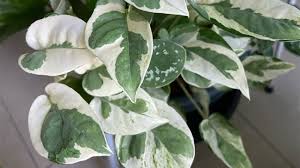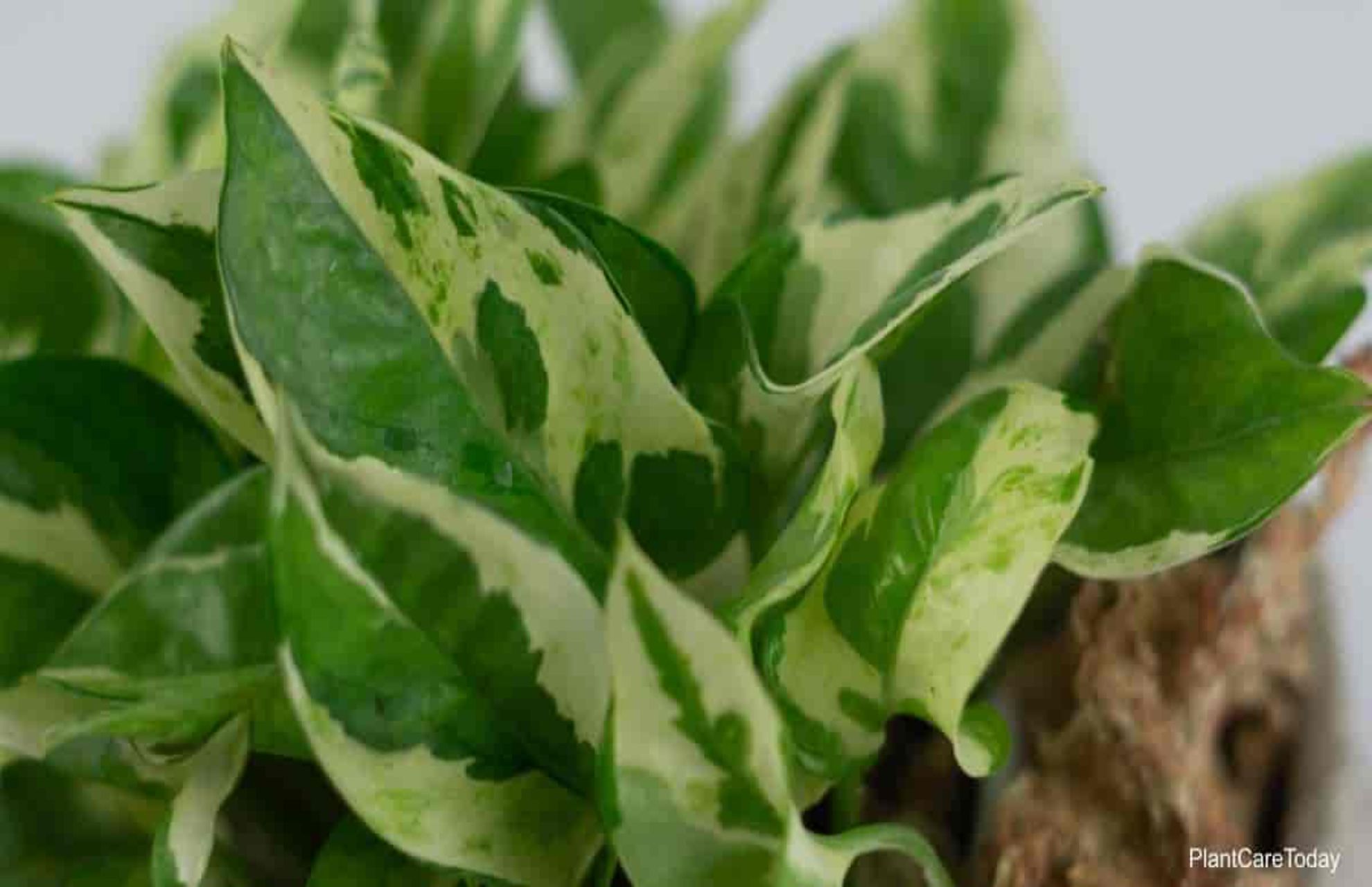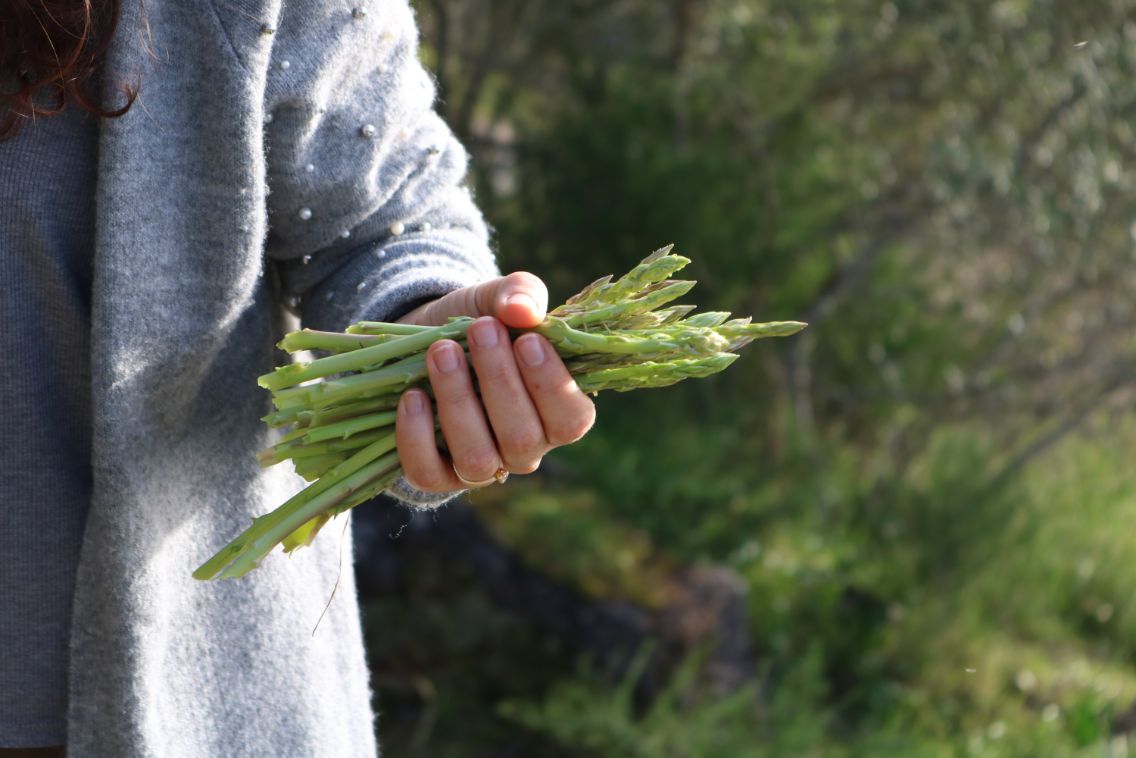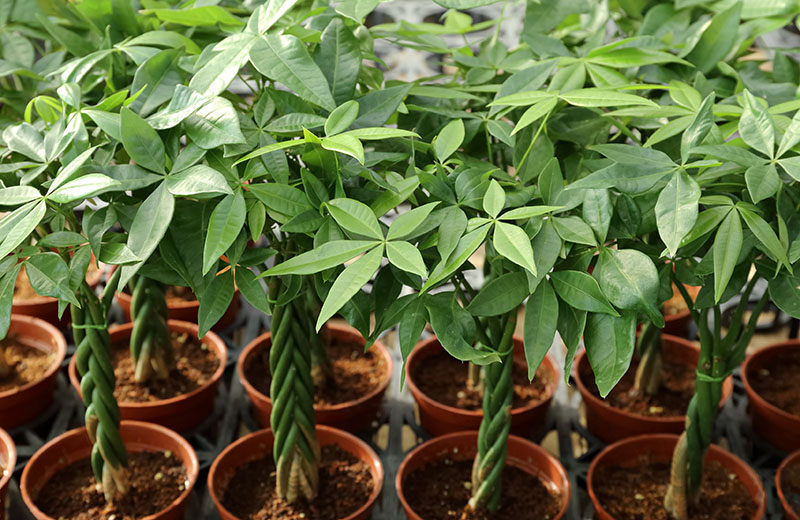Pearls and jade pothos (Epipremnum aureum ‘pearls and jade’) are named for their stunning green and white variegated foliage and are truly one of the more lavish pothos varieties on the market. Devil’s ivy and variegated philodendron are other names for them. A hanging basket or small potted plant is made out of the pothos “Pearl and Jade.” To learn more about pearls and jade pothos, read this article.
Description Of Pearl And Jade Pothos
Green, grey, and white are variegated in pearl and jade pothos. Grey stripes that are barely perceptible can be seen on the vine’s top leaves. Weak yellow stripes can be seen beneath the leaves.
The leaves are 1.5 to 2 inches wide and 2.5 to 3 inches long. Inside, the pearl and jade pothos can reach heights of two to seven feet. Each leaf has a waxy coating and a heart shape.
How To Grow Pearls And Jade Pothos?
To increase the size of your current plant or create new plants, consider propagating pearl and jade pothos. In just a few simple steps, stem cuttings from these pothos can be easily multiplied.
The spring or summer, if at all possible, is the ideal time to propagate your pearls and jade pothos because the plant is actively growing and will heal more quickly from having cuttings taken.
- Take a few stem cuttings from healthy pearls and jade pothos using a pair of razor-sharp pruning shears or scissors. On the stem of each cutting, there ought to be three to five nodes.
- Each cutting should have the bottom two to three leaves removed to reveal the lower nodes along the stem.
- Prepare a container with fresh water, then submerge the cuttings so that the nodes along the bottom are submerged and the leaves at the top are above the water’s surface.
- Place the cuttings in a spot with bright, indirect light, and change the water once per week. Small white roots should start to emerge from the cuttings after a few weeks. The cuttings can be transferred from water to soil once the roots are 2 to 3 inches long.
- The rooted cuttings should be planted in a small pot (or pots) with well-draining soil. Water the new plant thoroughly. For the first one to two weeks, keep the soil evenly moist to aid the new roots in adjusting from water to soil. Transfer the cuttings back to a location with bright indirect light. After a few weeks, once the top 1 to 2 inches of soil are dry as usual, you can start watering your new plant(s).
How To Care Pearls And Jade Pothos?
Size & Growth
Not only is the pothos from Pearls and Jade stunning, but it also likes to climb. the potential for up to 30 feet in the right circumstances, with an average length of 6 to 10 feet.
This plant can act as a trailing vine if its aerial roots are not present to provide support. It is ideal for hanging baskets because of this.

Compared to most pothos, this variety grows more slowly. Slow growth may or may not be preferred. However, the plant’s gorgeous variegation and comparatively long life make up for its slow growth.
Flowering And Fragrance
Although pothos plants do bloom, this is almost always due to scientific intervention.
Light & Temperature
The climber “Pearls and Jade” prefers low light because of its nature. With some partial shade or even fluorescent lighting, bright indirect light is ideal.
Frost is unsuitable for Pothos Pearl and Jade. USDA hardiness zones 9 to 12 are the best for growing it. It prefers a minimum temperature of 50 degrees Fahrenheit.
Watering And Feeding Pearls N Jade Pothos
Always be careful not to overwater a pothos plant because root rot is one of its biggest killers. Before watering again, let the soil dry out 1 to 2 inches deep. Every 1 to 2 weeks, the plant will typically need watering.
These plants benefit from higher humidity or the occasional misting because of their tropical ancestry. When adding additional moisture, adjust your watering schedule.
Pots
The hanging baskets made from pearl and jade pothos look nice. However, they can also be grown in ordinary pots. Drainage holes are a requirement for any pot or hanging basket. A few plants are offered for sale growing on wooden poles.
Pothos clings to trees in the natural world. They are not parasites; rather, they obtain their food from organic matter that gets caught on the vines and the rain.
Fertilizer
From spring to fall, fertilize every two weeks with a balanced water-soluble fertilizer mixed at half strength. Reduce fertilizer application to once per month in the winter.
Weekly Maintenance
Using a soft cloth to dust the leaves after watering your plant is a smart idea. Look for pests or their eggs on the underside of the leaf. Look for any indications of a problem in the vine and leaves. The sooner you identify pests, illnesses, and other issues, the better.
Pruning
If given the chance, pearl and jade pothos can take control. When the plant’s stems are long and the majority of the leaves are at the tips, prune it. Reduce the length to as little as two inches. The stems will be bushier if you trim them back just past a node.

Repotting
The ability to drain efficiently degrades over time, even in the best potting soil. Every two years, you should take your plant out of its pot and replace the used potting soil with new potting soil.
Check the roots before you remove the plant. Use a larger pot when repotting them if they fill the pot or are growing in a circle. If the plant’s roots are also poking through the drainage holes, a larger container is required.
FAQs
How Big Do Pothos Made Of Pearls And Jade Grow?
Compared to some of its relatives in the Epipremnum genus, the pearls and jade pothos can be considered a small variety of pothos. Nevertheless, because this pothos is infamously slow-growing, its vines can typically still reach heights of 6 to 10 feet indoors, though it might take some time.
Are Pothos Made Of Pearl And Jade Toxic?
Yes, it is poisonous to both people and pets. Put it away from them where they can’t get to it.
Are Pearl And Jade Pothos Seeds Able To Be Grown?
No, most pothos, including pearl and jade varieties, hardly ever bloom outdoors and never inside. You can only grow this plant from cuttings since there won’t be any blooms to produce seeds.
How Can I Thicken My Pothos Made Of Jade And Pearls?
One of the best ways to promote a fuller, thicker growth habit in your pothos is to regularly prune it. Be sure to give your pearl and jade pothos plenty of light as well, as they will grow thin and leggy in low light.
Read More:








